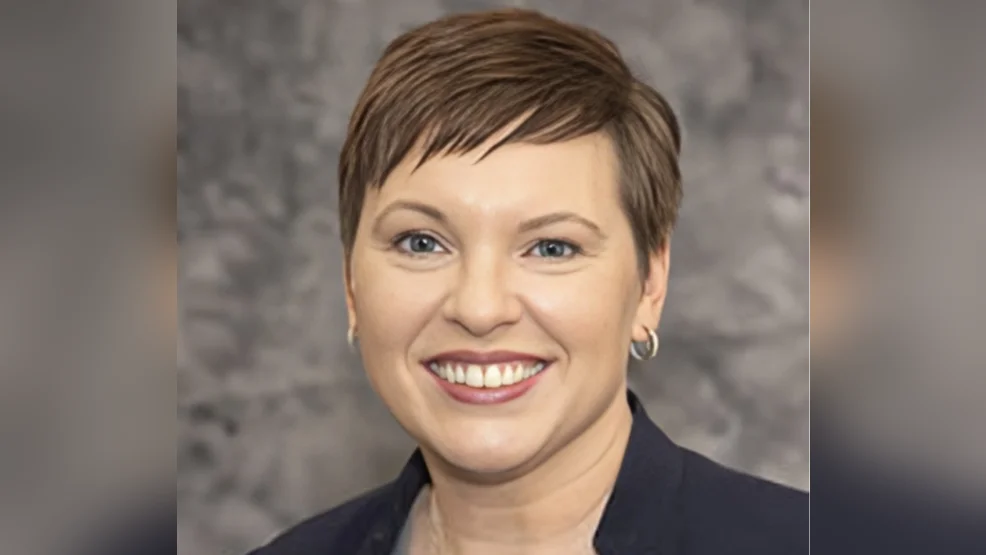Elizabeth Hertel Director | Michigan Department of Health & Human Services Website
Elizabeth Hertel Director | Michigan Department of Health & Human Services Website
Overdose deaths in Michigan have seen a notable decline, decreasing by 5.7% in 2023 according to the Michigan Department of Health and Human Services (MDHHS). The state recorded 2,826 overdose deaths compared to 2,998 in 2022. The overall overdose death rate has decreased from its peak of 31.1 per 100,000 people in 2021 to 28.2 in 2023.
This decline represents significant progress against the opioid crisis in Michigan. MDHHS Director Elizabeth Hertel stated, "Michigan is a leader in addressing opioid addiction and has been recognized for our harm reduction efforts by the National Governor’s Association." She emphasized ongoing investments in programs aimed at reducing substance use disorders and improving recovery success.
The decrease can be attributed to public health measures such as Michigan's Naloxone Direct Portal, which provides free naloxone distribution, and increased access to fentanyl and xylazine testing strips. Despite these improvements, racial disparities persist; Black residents are reportedly 2.8 times more likely and American Indian/Alaska Native residents are 2.2 times more likely than white residents to die from an overdose.
Dr. Natasha Bagdasarian, chief medical executive, highlighted the need for equitable distribution of benefits from harm-reduction tools: "We must ensure that their benefits are felt equally across all communities."
MDHHS is using a data-driven approach to direct substance use disorder funding toward communities with the greatest need. Tommy Stallworth, MDHHS senior advisor, noted that "limited access to care has been a key driver of racial disparities," emphasizing the importance of expanding community-based services.
Efforts continue with initiatives like increasing Medicaid SUD providers and buprenorphine prescribers, expanding Medicaid reimbursement for treatment services, distributing over one million naloxone kits resulting in thousands of overdose reversals since 2020, supporting substance-exposed babies through rooming-in programs, and enhancing transportation services for SUD-related needs.
More information on these programs can be found on the SUD Resources website.






 Alerts Sign-up
Alerts Sign-up